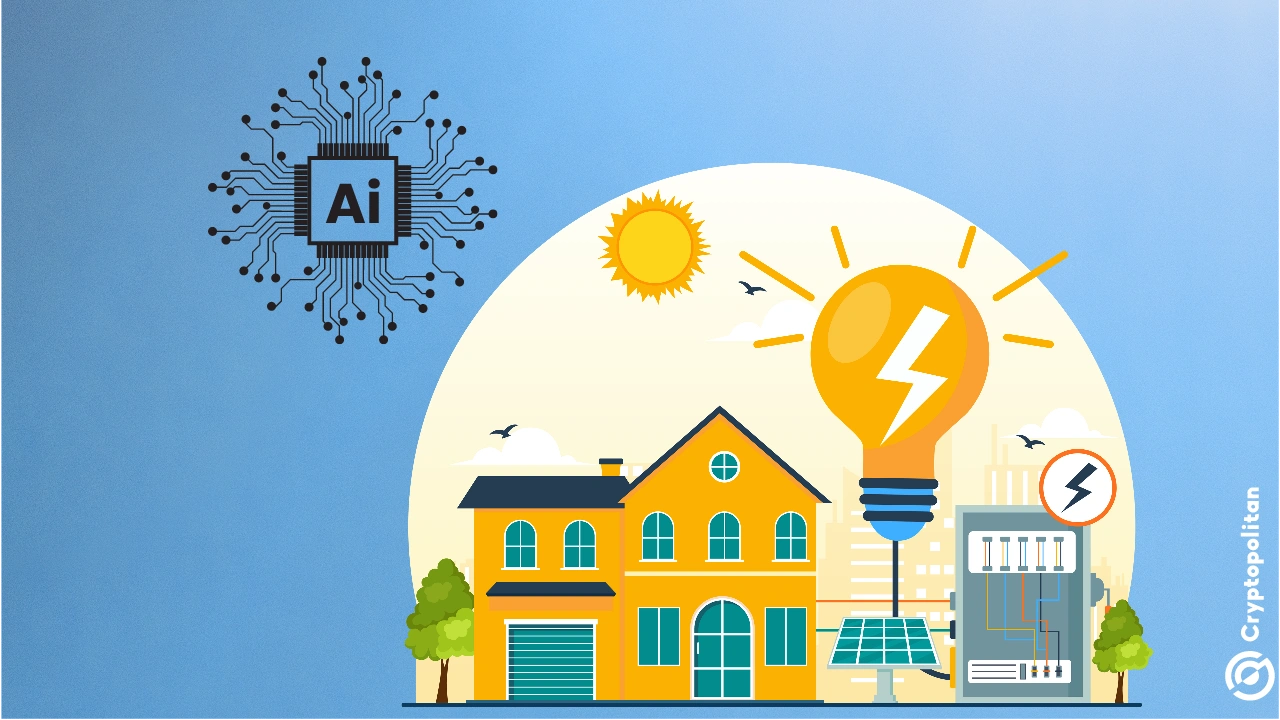
The energy demands of artificial intelligence and cloud computing are spiraling out of control. Data centers, once merely power-hungry, are now growing so massive they could soon surpass entire cities—or even U.S. states—in electricity consumption. Developers of these facilities are racing to secure power and land to keep up with the explosion in demand, driven largely by AI advancements.
In the last decade, the electricity needs of data centers have skyrocketed, reflecting their importance in the global economy. These facilities house servers that fuel applications for everything from business operations to everyday apps.
With AI’s rise, finding the land and power to meet these requirements has become a major challenge. Developers now talk about gigawatt-scale campuses, each consuming one billion watts of power. For comparison, that’s about twice the electricity all Pittsburgh homes used last year.
The energy race: Bigger data centers, bigger problems
Ali Fenn, president of Lancium, a Texas-based company securing land and power for data centers, describes it as a “race of a lifetime to global dominance” in artificial intelligence. She said, “It’s frankly about national security and economic security.”
This race drives technology companies to invest billions in building larger facilities. They see no better use for their capital than fueling the AI boom.
But this rapid expansion is testing limits. Renewable energy sources, like wind and solar, are unreliable due to weather fluctuations. Developers agree that natural gas must fill the gap, even though it slows progress on reducing carbon emissions.
Nat Sahlstrom, chief energy officer at Tract, a Denver-based company that acquires land for data centers, says facilities are “tapping out against the existing utility infrastructure.” Power grids simply weren’t built to handle the scale these data centers now require.
The availability of suitable land is another issue. Industrial-zoned plots that can host massive facilities are shrinking, Sahlstrom explains. Developers are forced to explore new markets outside established hubs like Virginia, the global leader in data center operations. Virginia’s electric grid faces reliability issues, with power demand surging and supply dwindling as coal and older natural gas plants shut down.
Tract has acquired over 23,000 acres for data center developments across the U.S. This includes land in Maricopa County, Arizona, near Phoenix, and Storey County, Nevada, near Reno. Recently, Tract purchased 2,100 acres in Buckeye, Arizona, to build one of the largest data center campuses in the U.S. They’re working to secure up to 1.8 gigawatts of power for the site, enough to support 40 separate data centers.
A data center campus using one gigawatt of power annually is equivalent to the energy consumption of 700,000 homes or a city of 1.8 million people. CNBC’s analysis reveals that such a facility would use more power in a year than Alaska, Rhode Island, or Vermont.
What it means for communities
The average data center operated by major tech companies currently uses 40 megawatts of power. But larger facilities are on the way. According to Boston Consulting Group, campuses of 250 megawatts or more are already in development.
By the 2030s, data center campuses consuming 500 megawatts—or half a gigawatt—will be common. These facilities would use as much electricity as 350,000 homes.
Texas has become a hot spot for data centers due to its less restrictive regulations and abundant energy resources. Developers there can tailor power solutions to specific sites. Sahlstrom calls Texas “the world’s best experiment lab to deploy your own power solution.”
Lancium, a Houston-based company, shifted its focus from cryptocurrency mining to AI infrastructure in late 2022. They now operate five data center campuses in different stages of development. One in Abilene, Texas, will open in early 2025 with 250 megawatts of power, scaling up to 1.2 gigawatts by 2026.
As energy needs grow, developers must address potential issues for neighboring communities. These include ensuring electricity costs don’t rise and grid reliability remains intact. “Nobody’s going to keep approving” new facilities if they disrupt local power, said Fenn. Developers are pairing data centers with new power generation to prevent these issues.
Renewables, nuclear, and the future of energy
Although developers prefer renewable energy, it’s clear solar and wind alone won’t meet demand. Weather dependency makes these sources unreliable for critical operations, such as financial exchanges, that rely on data centers.
Outages are not an option for facilities like those operated by Equinix, which hosts critical workloads. Jon Lin, general manager for Equinix’s data center services, said its facilities remain online more than 99% of the time.
To address reliability concerns, major companies are exploring nuclear power. Microsoft is supporting the restart of the Three Mile Island nuclear plant in Pennsylvania. Amazon and Google are investing in small nuclear reactors.
However, nuclear energy comes with its own challenges. New reactors in Georgia were years late and billions over budget. For now, natural gas remains the dominant power source for data centers.
Lancium’s Fenn says investments in gas generation may include carbon capture and battery storage technology to offset environmental impact. Over time, expanding renewable energy, reducing battery costs, and leveraging AI for efficiency could reduce gas dependency.
But for now, the rapid growth of data centers complicates efforts to meet emissions targets. “We cannot let this have an adverse effect on environmental goals,” Fenn warns.
Developers argue that these facilities are necessary for the economy, even as they disrupt energy markets and strain power grids. With campuses expected to reach up to five gigawatts in the future, data centers are quickly becoming some of the most significant players in energy consumption. Whether through innovation or fossil fuels, the race to power AI continues to reshape the world’s energy landscape.
A Step-By-Step System To Launching Your Web3 Career and Landing High-Paying Crypto Jobs in 90 Days.











